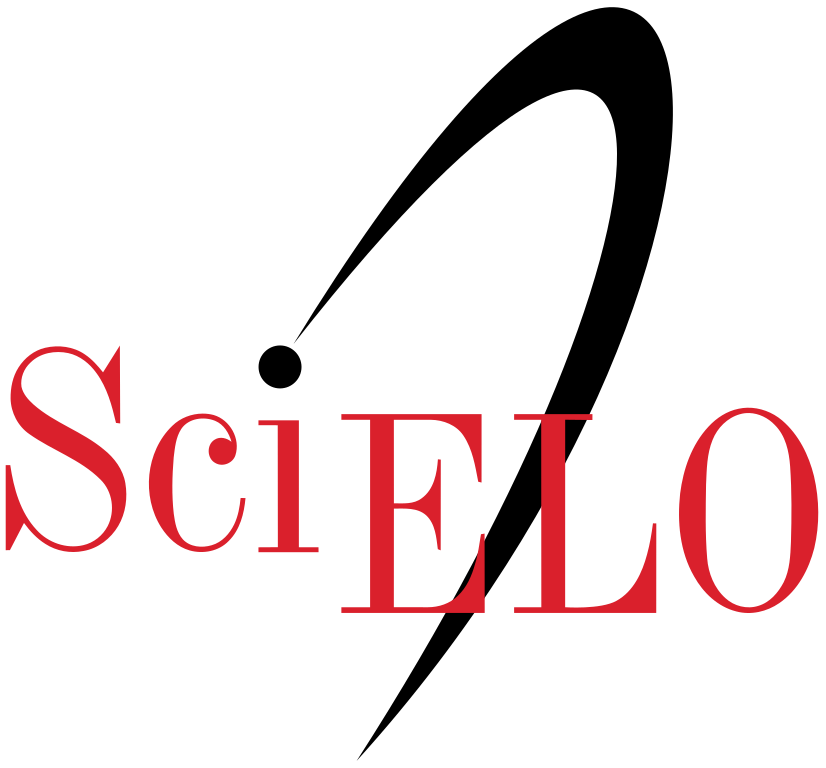Remediation of contamined soil with mercury using the guarumo (Cecropia peltata) trees
Abstract
AbstractSoil pollution by mercury resulting from gold mining, can be remedied
by using plants that accumulate this metal in their tissues, reducing their
impact on ecosystems and human health. In this study, the infuence of the
degree of contamination, the application of citric acid and growth time of Cecropia peltata, on the rate of removal of mercury in soil was determined.
After 4 months of growth, removal rates were between 15.7 and 33.7%, due
to the capacity of Cecropia peltata to accumulate large quantities of metal
without substantial toxic effects and to the high content of bioavailable
mercury present in contaminated soils, which also caused that the citric
acid had no signifcant
infuence on the Hg
recovery which
led
to
the
conclusion that the guarumo is a species with phytoremediation capacity.
How to Cite
[1]
J. V. Vidal Durango, J. L. Marrugo Negrete, B. Jaramillo Colorado, and L. M. Perez Castro, “Remediation of contamined soil with mercury using the guarumo (Cecropia peltata) trees”, Ing. y Des., vol. 27, no. 27, pp. 113–129, Sep. 2010.
Issue
Section
Articles









